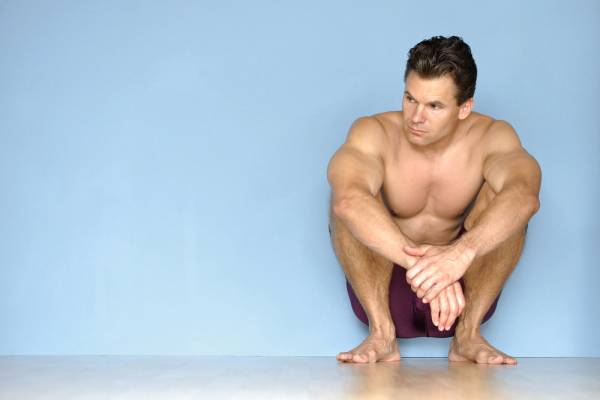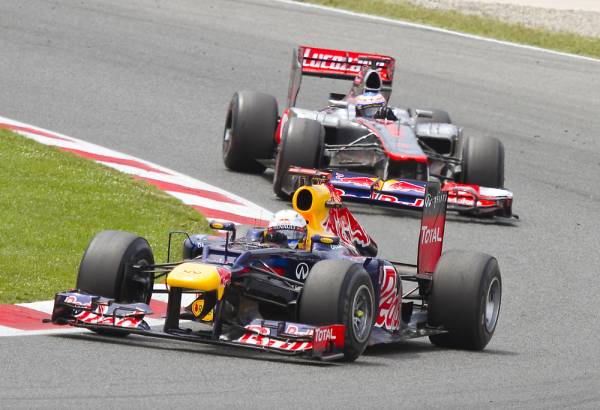For some time I’ve been telling people that training is really only half the picture. Many will automatically assume that diet is the other half, but you’d only be half right there, too. You see, training, or the positive effect of training is the combination of work and rest. Rest is a combination of our two main sources of recovery – food and sleep.
The mistake many people make when trying to attain a higher level is to automatically think what’s missing in their equation is work. There is an old joke about a runner who goes to a famous coach and asks how long until they become world class. The coach responds, “If you run five times per week you’ll be world class in ten years.” The athlete responds by asking how long it will take if they train harder, hitting twice as many sessions per week. The coach replies, “Twenty years.”
I recently got an email asking for training advice about a woman who has two children, trains Krav Maga five times per week, and trains with kettlebells daily. The question was, what could she do to get a better result? My reply was, halve her training.
The problem most people have is they think the training equation is an addition problem. As in:
Training = Work + Rest.
It’s not. It’s multiplication.
Training = Work x Rest.
Imagine that if you are doing things right – eating good calorie-dense, clean food and sleeping eight hours each night – then the rest aspect of the equation is equal to one. If however you start to slip on either of those two things – eating and sleeping – well, instead of it being a helpful way to benefit training, you’re actually short-changing your progress.
Let’s imagine two scenarios:
The first is that we have an athlete who is “doing it right” – eight hours of sleep, good food intake, smart training. In that case the equation looks like this:
Training = Work x 1.
If you’re like most people though – time poor, prone to bad food choices from stress, sleeping only six hours at night – your equation goes more like this:
Training = Work x 0.6
This is the point where many start to get it really wrong. They see their results aren’t there and they add more work. While that will get you a short-term increase, the reality is that more work needs to balanced by more recovery. You cannot benefit from an increase in work without a corresponding increase in recovery.
 The answer for many then is to actually cut back their work to the point that it matches their recovery methods. At this point the body is able to go through the super-compensation process after training and return for the next session, or the next training cycle, in a more advanced state.
The answer for many then is to actually cut back their work to the point that it matches their recovery methods. At this point the body is able to go through the super-compensation process after training and return for the next session, or the next training cycle, in a more advanced state.
The only problem with all this is that about three days ago I realized this was wrong, too. The work part of the equation is not as simple as what you lifted and for how many reps. If you’re fighting against mechanical issues – thoracic spine mobility causing shoulder impingement for instance – you’ll never be able to really add more work anyway. And while adding recovery in the form of massage or therapy will help, the main issue is that you need to add movement. This means what we really should be talking about is:
Training = (Movement + Resistance Training) x Recovery.
One of the most amazing things I’ve seen over the last few years has been the rise of movement schools such as the FMS or Primal Move. These systems allow people to regain lost movement. Being able to touch your toes again is a pretty positive thing for most people, but there is a far more beneficial reason to add movement to your life if you’re seeking a performance increase.
Imagine your body is a race car. I like to think of mine this way. The only problem is that forty-year-old race cars don’t do very well in comparison to today’s models, so I am constantly having to work on mine to keep it on the track. My race car is kind of battered and bruised – both high mileage and old.
If we think of training as wanting to go out and cut some fast laps, then in order to go fast you have to practice going fast (and think of “fast” as lifting more weight or performing any physical skill at a higher level). Now, my wheels are often out of line and the chassis is a bit twisted, too. To make my car go faster I need to make massive improvements to the horsepower of my engine to overcome all that mechanical resistance. And this is where most people are with their own training – seeking out the power increases without worrying about wheel alignment or whether or not the car can actually even handle all that power increase.
 But imagine I got everything lined up. How many laps would I need to get up to top speed then? And this is actually what you often see in Formula 1. The top drivers in the best cars need very few laps to set their fastest time. Meanwhile the lower tier guys are forced to wring every last ounce of speed out of their car, often having to drive far more recklessly to accomplish an equal feat.
But imagine I got everything lined up. How many laps would I need to get up to top speed then? And this is actually what you often see in Formula 1. The top drivers in the best cars need very few laps to set their fastest time. Meanwhile the lower tier guys are forced to wring every last ounce of speed out of their car, often having to drive far more recklessly to accomplish an equal feat.
Our training then should be laid out in such a way that we address this issue. It should start with some kind of diagnostic tool to see where we are today – what is stiff, what is not feeling right. We then need to address these issues through additional focused mobility – not on a generic plan, but on what we need right then on that day. We then need some kind of warm up to get the system up to speed – personally I find cartwheels and walking on my hands to be fantastic at this and then finish with a series of explosive jumps. Now, with the body lined up and fired up we are set to go out and do something impressive. The key here is that we won’t need much. I finish the session with the same mobility work I used to get ready and the same diagnostic assessment. If it’s not better than when I started, I made a mistake.
One of the benefits of this style of training is that because the resistance-training portion is less most people’s recovery strategy will actually work better for them. It may seem like a lot more effort, and it is, but the key to remember is that high performance comes at a cost – an F1 car spends far more time in the garage being worked on than it does on the track. If you expect your body to perform for you then you’ll need to work on making the equation work. The more movement work you have, the greater the combined total of movement plus resistance training becomes. Thus:
Training = (Movement + Resistance Training) x Recovery.
Photos courtesy of Shutterstock.






